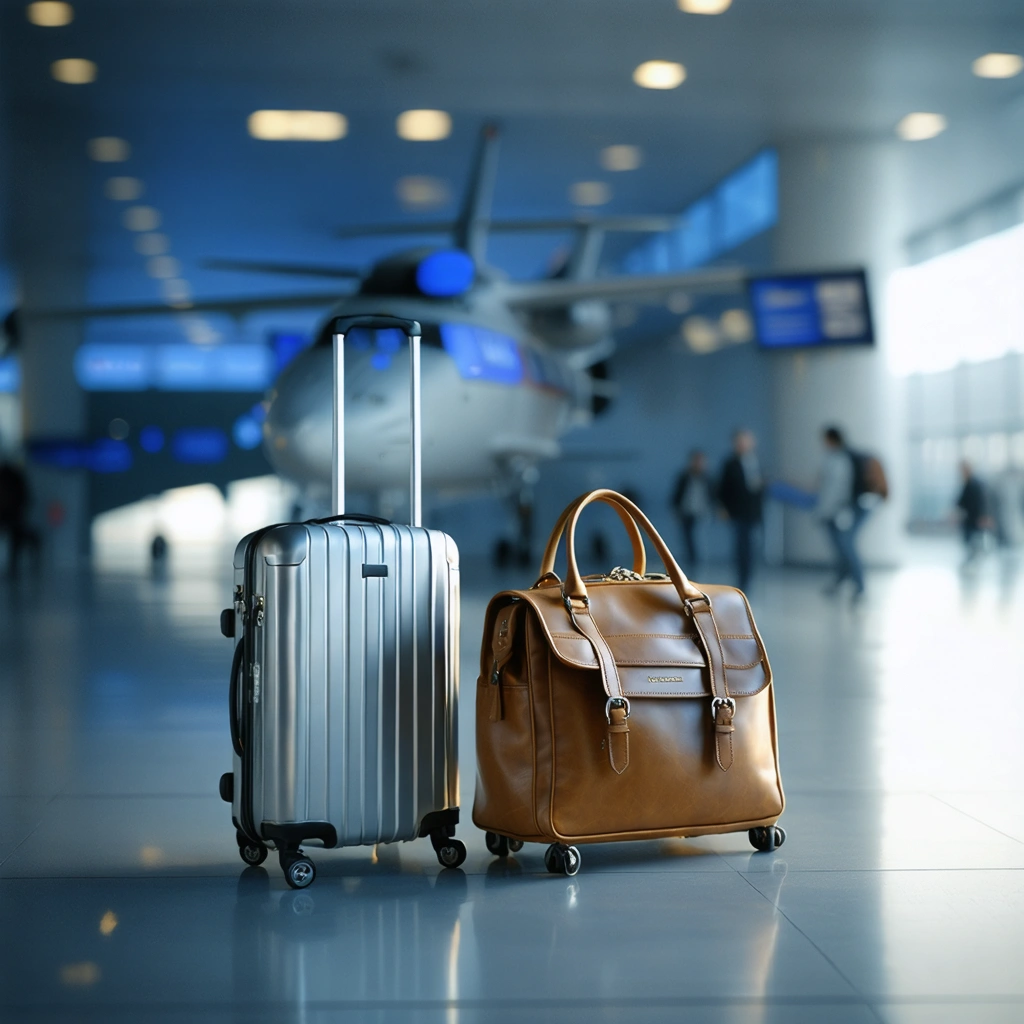
Introduction
The modern aviation industry is a finely tuned network that supports not only the transportation of passengers but also the intricate logistics behind every checked bag. From the moment your luggage is handed over at the check-in counter to its final placement in the aircraft’s cargo hold, a complex process takes place involving advanced technology, multiple teams, and an extensive network of conveyor belts. This article delves into the hidden journey of your bag, outlining the protocols, personnel, and automation that work together to ensure that every item is delivered safely and efficiently.
The Initial Phase: Check-In and Tagging
Customer Interaction and Data Entry
The process starts when a customer approaches the check-in counter. Here, airline agents verify passenger details, assign seats, and carefully tag each bag with a unique identifier. This identifier is linked to comprehensive routing information:
- Flight number and destination
- Bag’s unique tracking code
- Handling instructions for timely routing
The check-in phase is crucial as it integrates the passenger’s data into the airline’s centralized system, ensuring that every subsequent handover remains trackable.
Bag Weight Verification and Security Screening
After counting and tagging, a bag undergoes thorough security screening and weight verification. The weight is measured to ensure it falls within prescribed airline limits, and any suspicious items are flagged for additional scrutiny. This stage not only guarantees safety but also helps balance the aircraft’s load, a critical aspect of flight operations.
The Transit Phase: Conveyance and Coordination
Automated Conveyor Systems
Once checked in, bags embark on a journey through miles of intricate conveyor belts. These automated systems transfer luggage from the check-in area to sorting facilities. The role of these systems includes:
- Efficiently transporting bags over long distances
- Preventing bottlenecks during peak travel hours
- Maintaining accurate tracking information in real time
The design of these conveyors is sophisticated, allowing them to handle rapid volume changes and ensuring minimal handling errors.
Human Oversight and Quality Control
Despite advancements in automation, human intervention remains integral. On average, around nine people are involved in guiding each bag through various stages of its journey. These personnel include:
| Role | Responsibilities |
|---|---|
| Check-In Agents | Verify details and attach unique identifiers |
| Security Officers | Screen luggage for prohibited items |
| Conveyor Operators | Monitor conveyor systems and manage transitions |
| Sorting Personnel | Direct bags to the correct flight pathway |
| Cargo Handlers | Load and secure bags in the aircraft cargo hold |
The meticulous attention to detail shown by these professionals helps ensure that each bag is routed correctly, reducing instances of lost or delayed luggage.
The Final Phase: Security, Loading, and In-Flight Transit
Sorting and Final Security Checks
Before reaching the aircraft cargo hold, your bag is sorted by destination and undergoes final security checks. This step involves confirming the bag’s identity and verifying all data points from previous stages. Immediate corrective measures are taken if a discrepancy is identified. A systematic approach, combining both technology and manual oversight, minimizes the risk of errors that might affect the overall flight schedule.
Loading onto the Aircraft
The last mile of your bag’s journey involves its transfer from the airport terminal to the aircraft. Using specialized vehicles and trolleys, cargo handlers load the bag into the aircraft’s cargo hold. During this process:
- The bag is carefully placed to maintain balance and weight distribution.
- Advanced tracking systems update the bag’s status in real time.
- Coordination among ground staff ensures that loading aligns with the flight’s departure time.
This final step serves as the culmination of a well-coordinated operation that guarantees safe and timely transportation.
Conclusion: The Backbone of Efficient Air Travel
Every checked bag represents more than just an item of personal property; it symbolizes the seamless integration of technology, manpower, and engineering in modern air travel. From meticulously verifying check-in details to orchestrating the movement along vast networks of conveyors and ensuring accurate loading, each stage of the journey is a testament to the efficiency and reliability demanded by the aviation industry. This bespoke process not only supports passenger satisfaction but also fortifies airlines’ reputations in a competitive global market. By maintaining rigorous standards and continuous improvements in logistics, airlines like Delta Air Lines exemplify excellence in baggage handling—a critical component of air travel that remains largely invisible to passengers yet essential to operational success.







